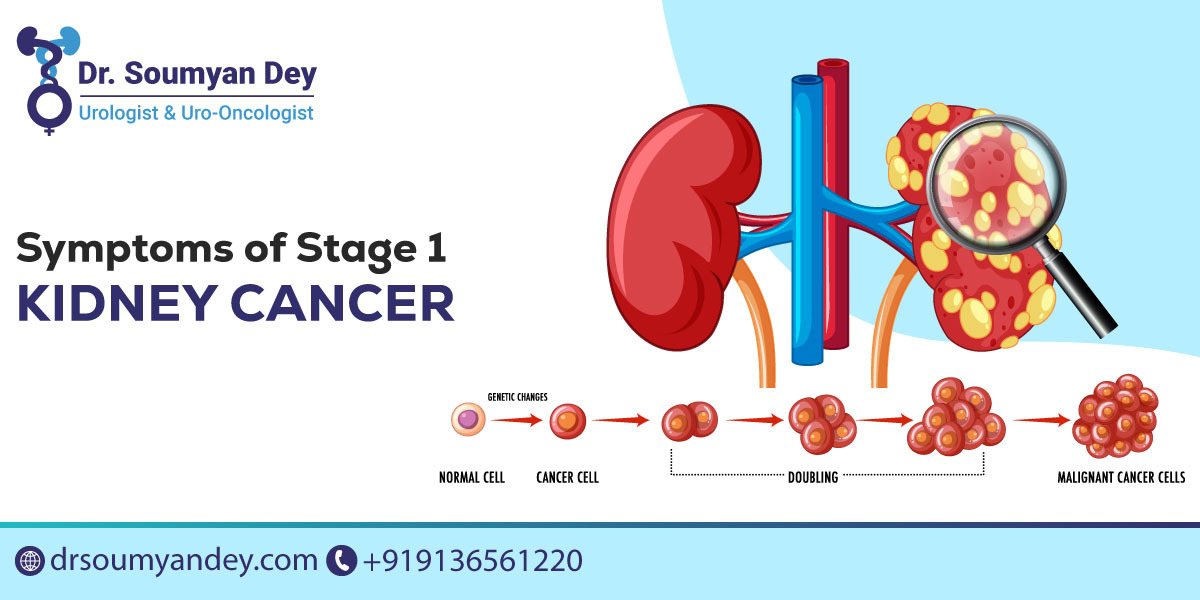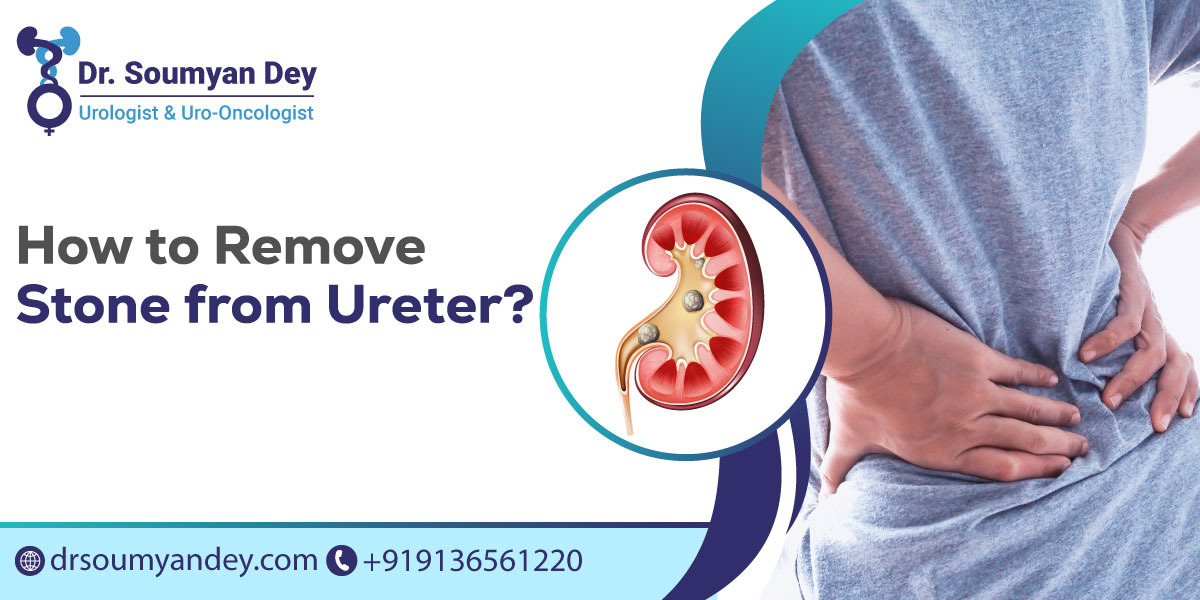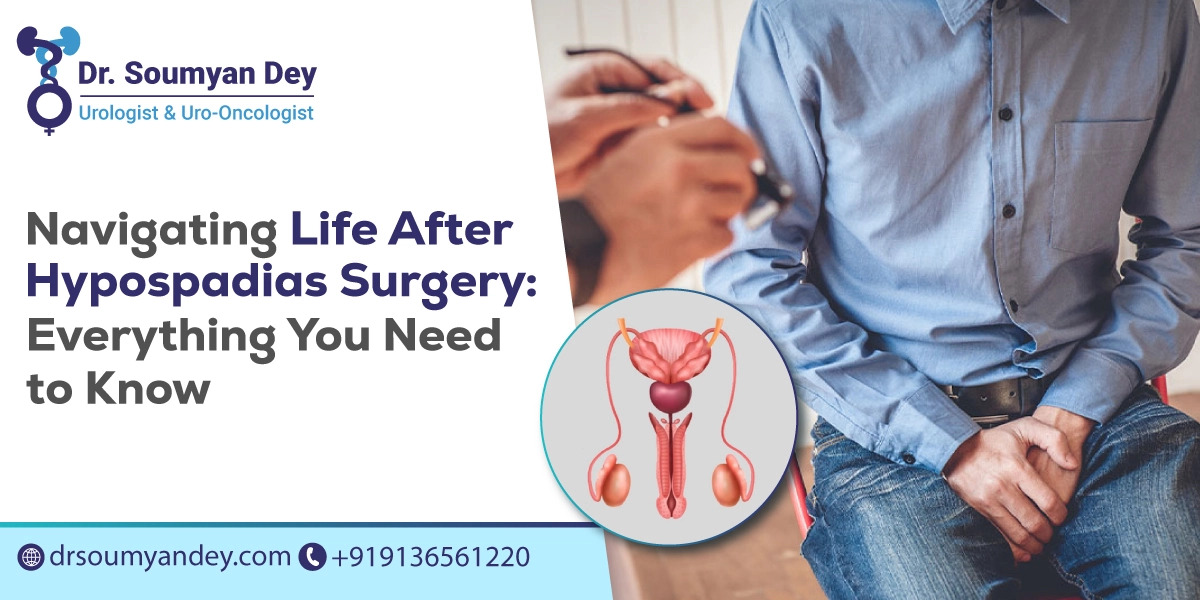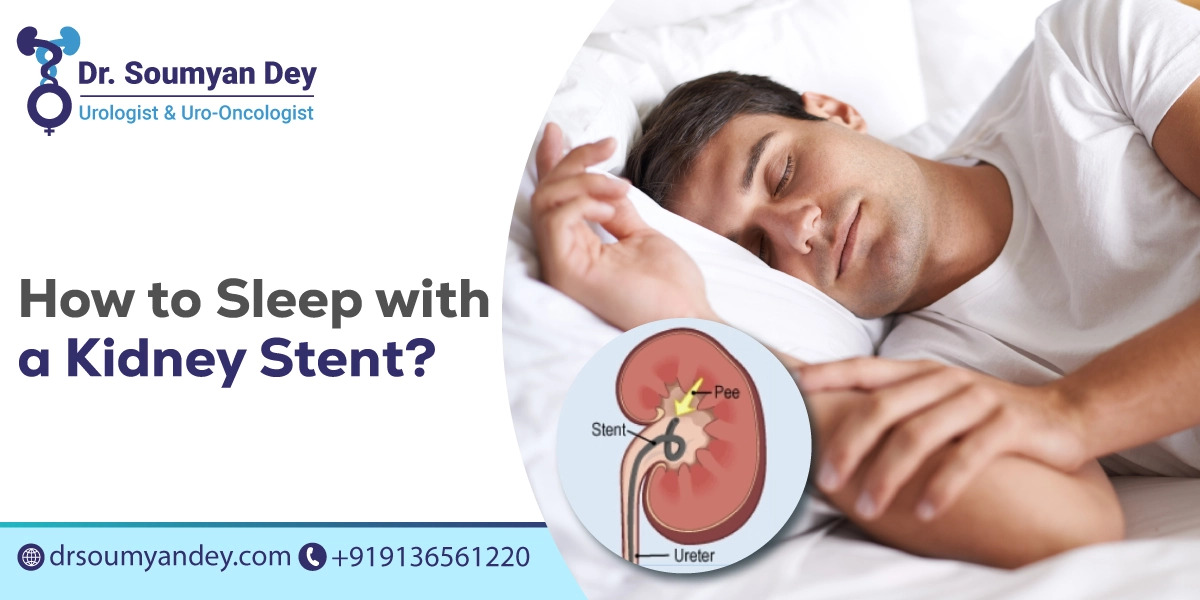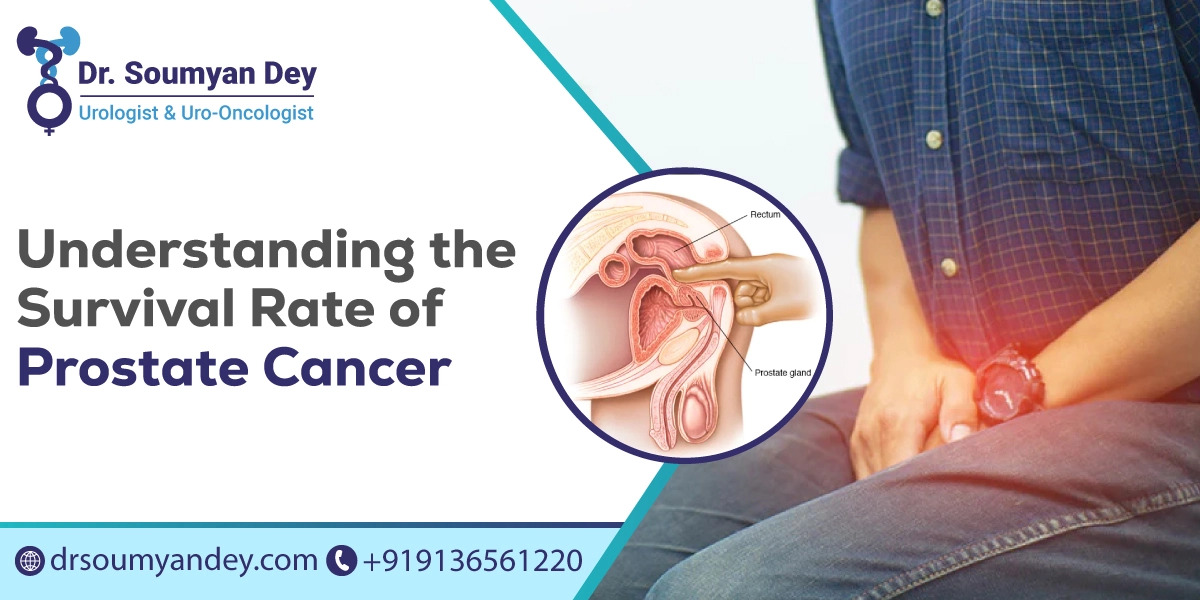An Overview of Pelviureteric Junction Obstruction: Causes, Symptoms, and Treatment
Ureteropelvic or Pelviureteric junction obstruction is a medical condition in which the upper part of the ureter, the tube that carries urine from the kidney to the bladder, gets blocked. The blockage results in increased fluid accumulation in your kidney, which can eventually cause kidney damage. A person can be born with this condition or develop it as they age. Either way, PUJ obstruction treatment in Navi Mumbai is required if you are diagnosed with such an obstruction, regardless of the cause.
Causes of Pelviureteric Junction Obstruction
The kidney carries urine to the bladder, which excretes it from your body. Each kidney is attached to a long (10-12 inches) tube, called a ureter. Ureteropelvic junction obstruction occurs when the area where the kidney and the ureter are attached gets obstructed, resulting in decreased flow of urine to the bladder or complete obstruction.
The two common causes of PUJ are:
Congenital:
UPJ is called congenital if you are born with the disease. In congenital pelvic ureteric junction obstruction, your ureter is twisted, it has an additional tube that crosses the ureter and affects its function, or the ureter doesn’t function normally.
Acquired:
In some cases, the blockage can be acquired, i.e. with your age or certain medical conditions that affect the functioning of your kidneys and ureter. If it’s acquired, it’s most likely caused by either kidney stones or scar tissues that occur from surgery. A tumor, benign or malignant, can also cause PUJ obstruction, but that’s rare.
Also Read: 10 Most Common Male Urinary Problems and How to Avoid Them
Symptoms of Pelviureteric Junction Obstruction
The doctor for PUJ obstruction in Navi Mumbai will discuss the symptoms before proceeding with tests. The symptoms can vary in infants and adults. Here’s what most patients experience:
Pain in the back and upper abdomen, especially when you drink caffeinated beverages or liquid. The pain occurs because of the increased pressure from the accumulation of fluid. The pain can come and go, as the urine might pass through the ureter at times.
- Frequent UTIs
- Vomiting and nausea
- Fever
- Kidney stones
- Hematuria (blood in the urine)
PUJ obstruction can be diagnosed in unborn babies through ultrasounds. Since the blockage accumulates fluid in the kidneys, it can lead to swelling in the upper abdomen. After birth, you can see a lump in the abdomen. Children with congenital PUJ obstruction are likely to develop urinary tract infections. They might also experience slow growth and low weight.
Treatment Options for Pelviureteric Junction Obstruction
Fortunately, the pelvic ureteric junction obstruction can resolve on its own in most congenital cases. The doctors usually wait to see if the condition improves. During this period, they might recommend antibiotics to prevent the risk of UTIs.
If it doesn’t get better and leads to severe abdominal pain with excessive swelling and worsening symptoms, surgery might be needed. Pyeloplasty is performed to reconstruct the damaged or obstructed ureter segment and its reattachment to improve the urine flow to the bladder. After the procedure, regular follow-up is necessary to test the kidney function.



